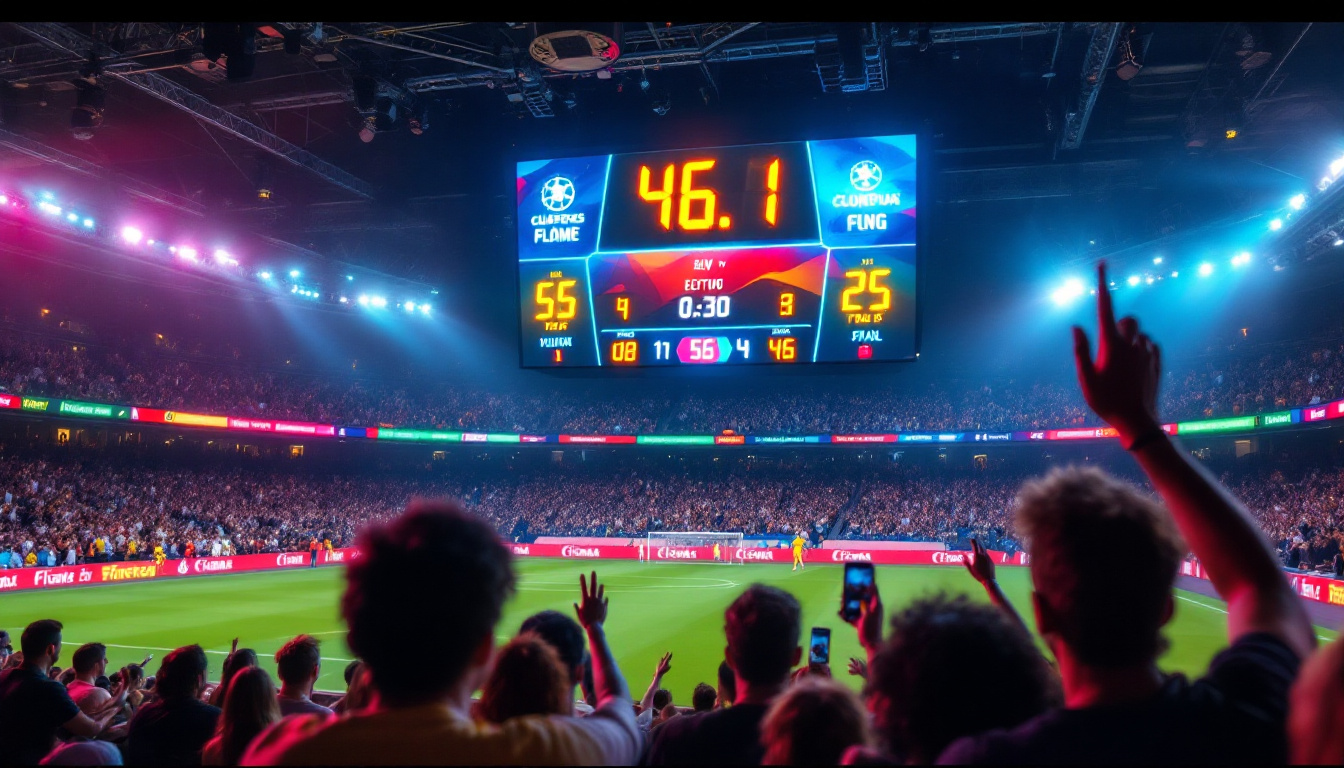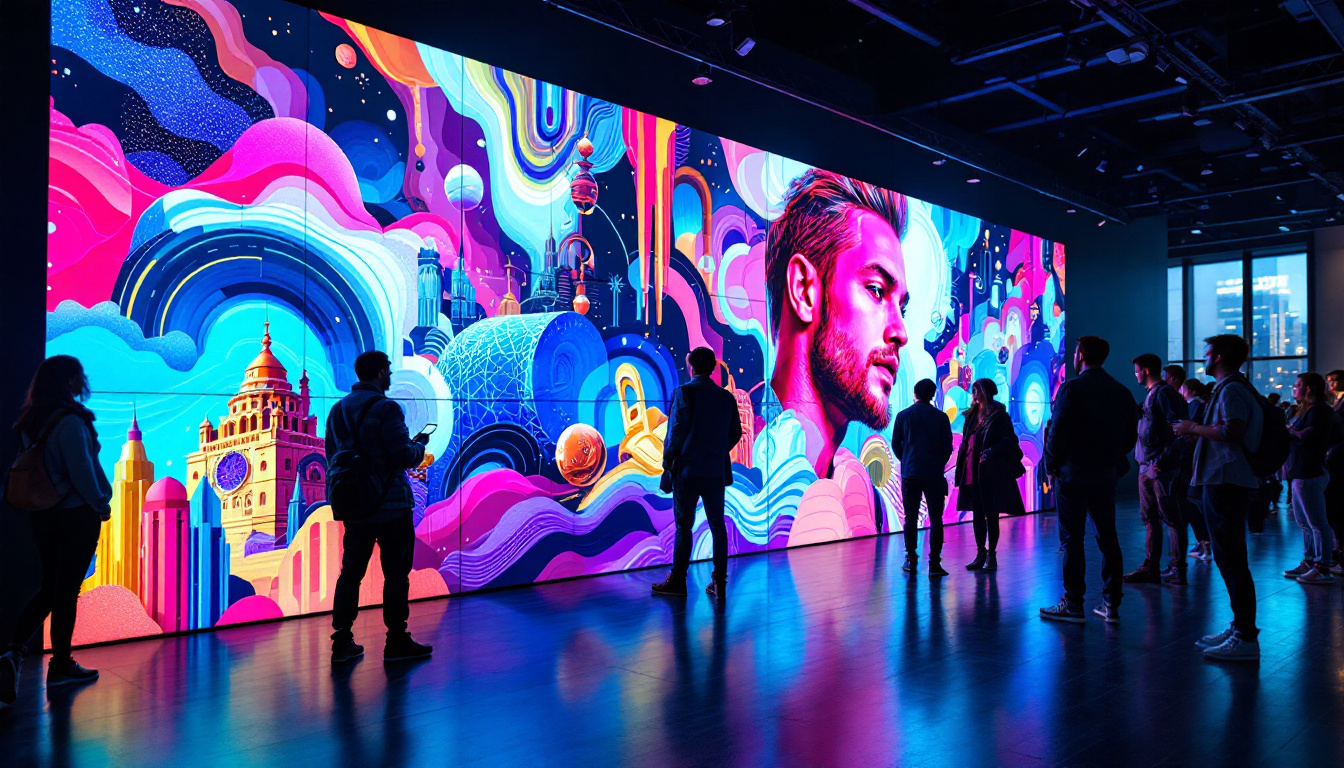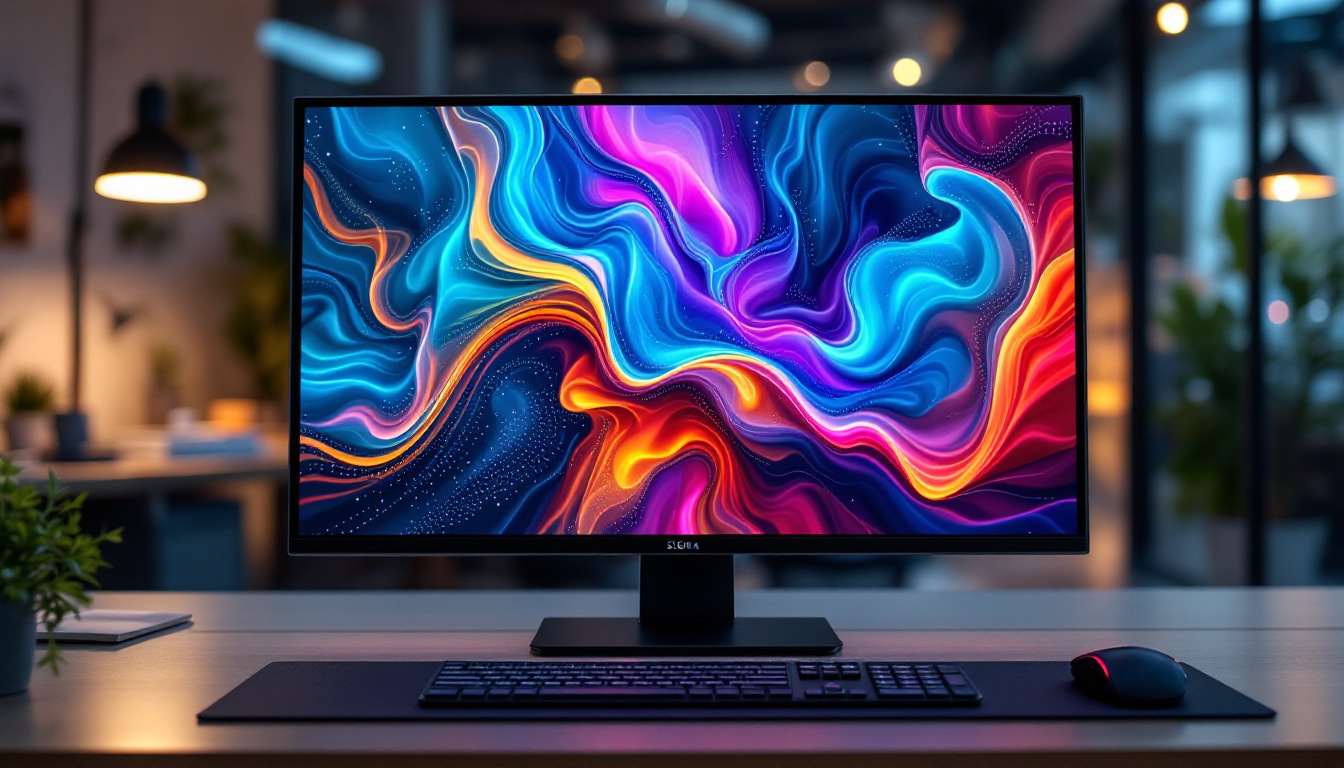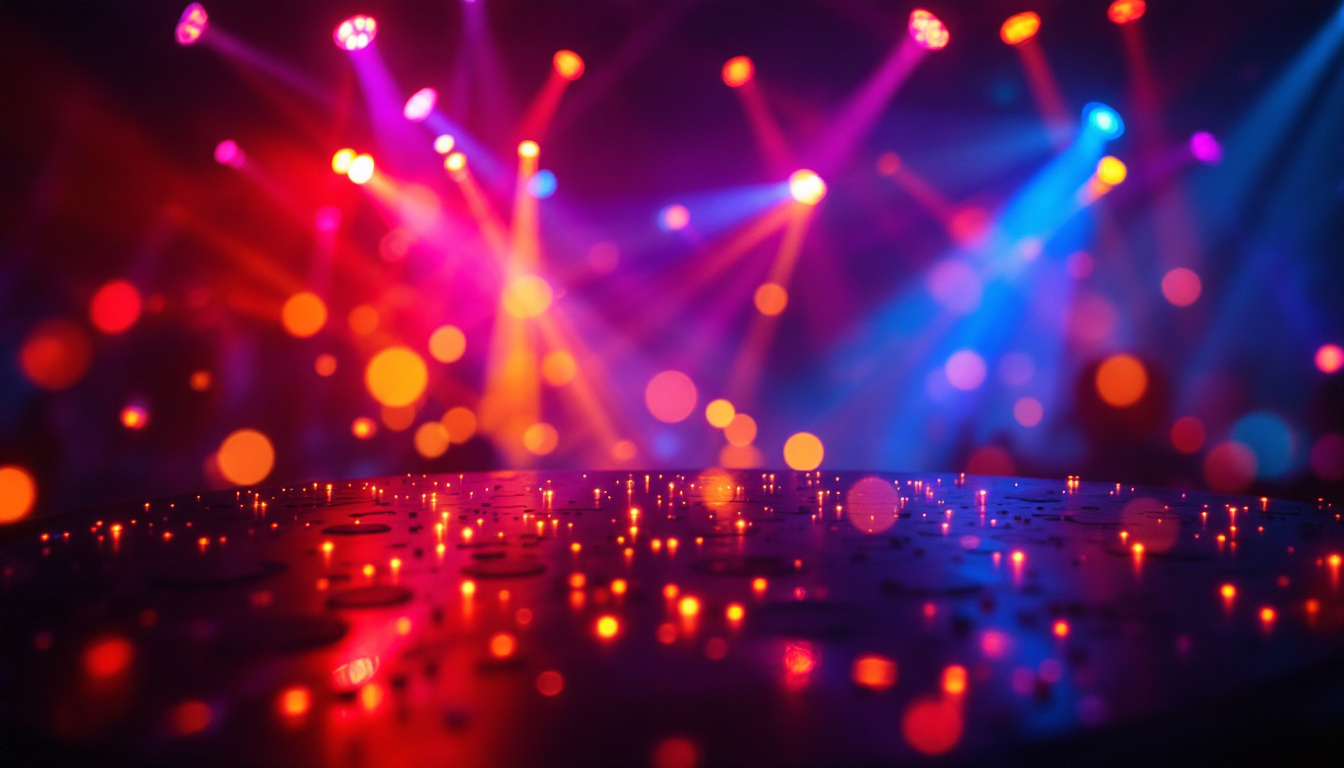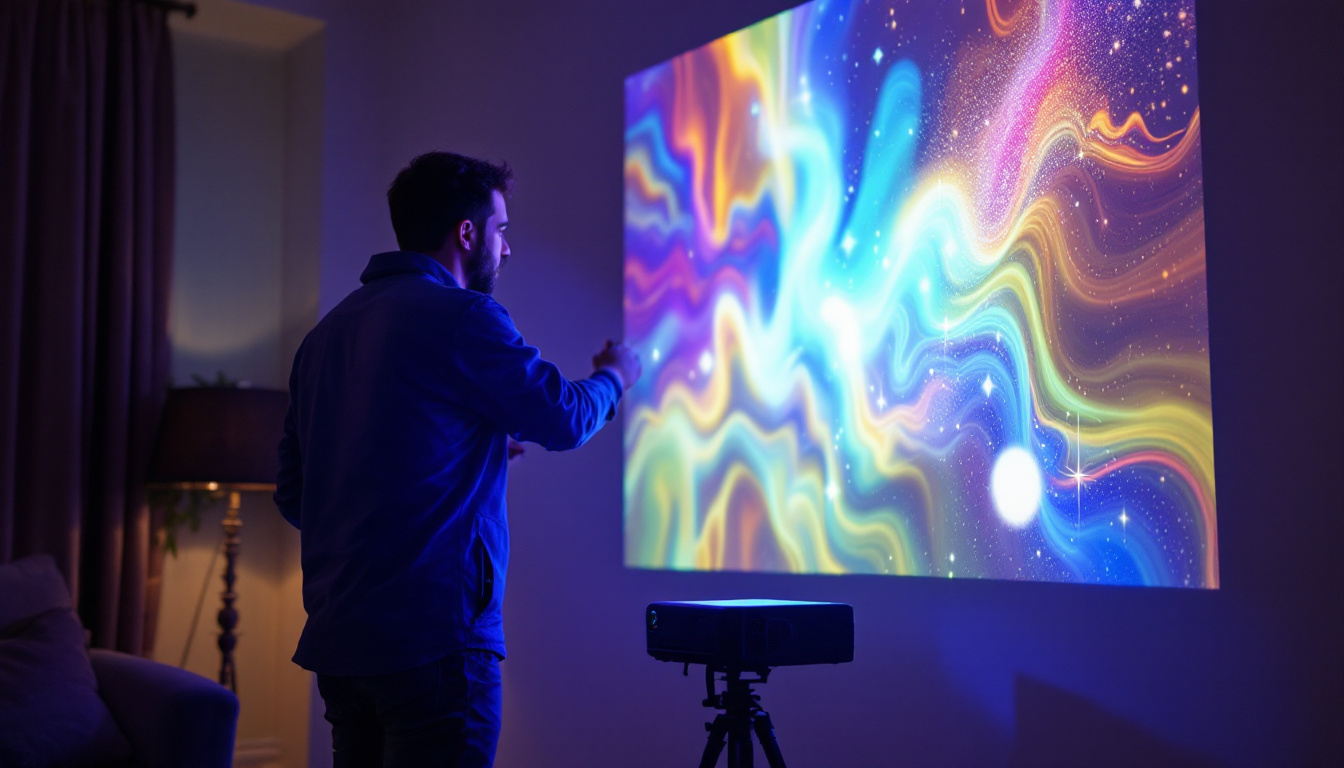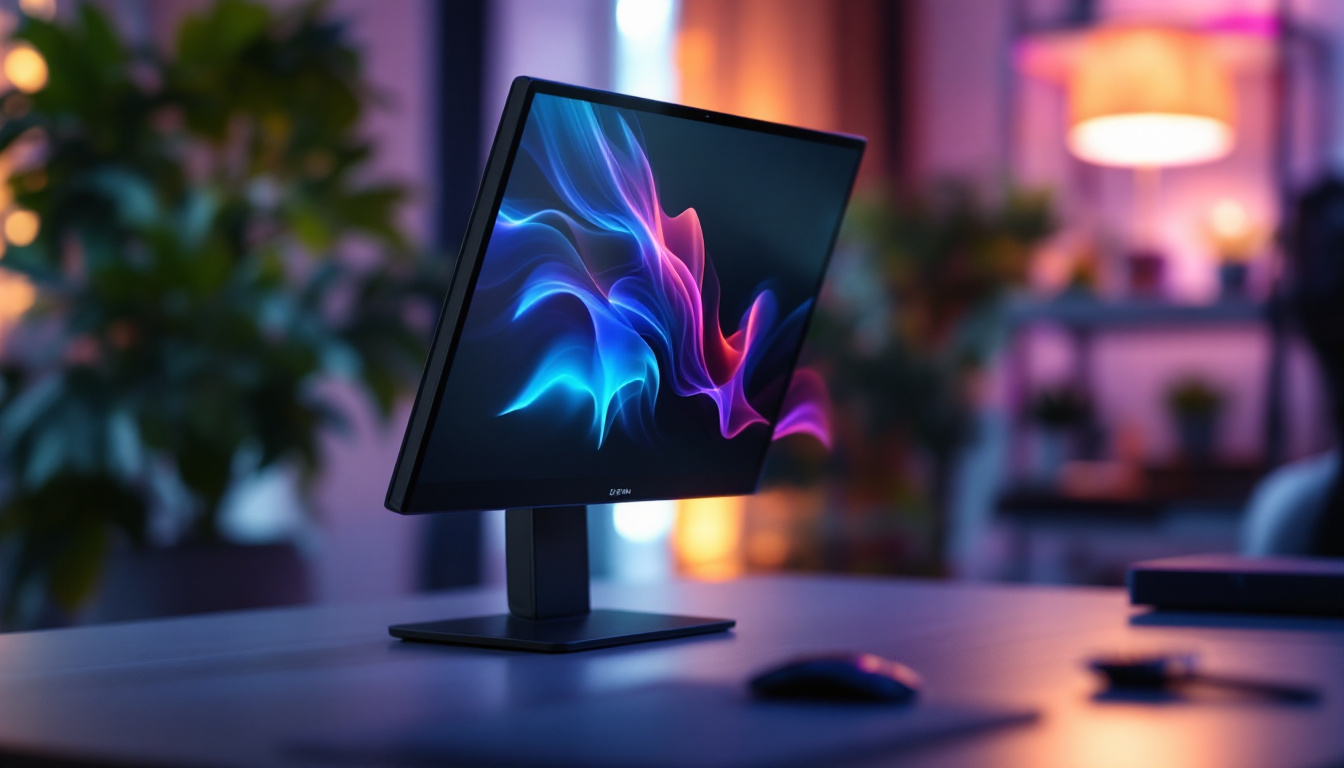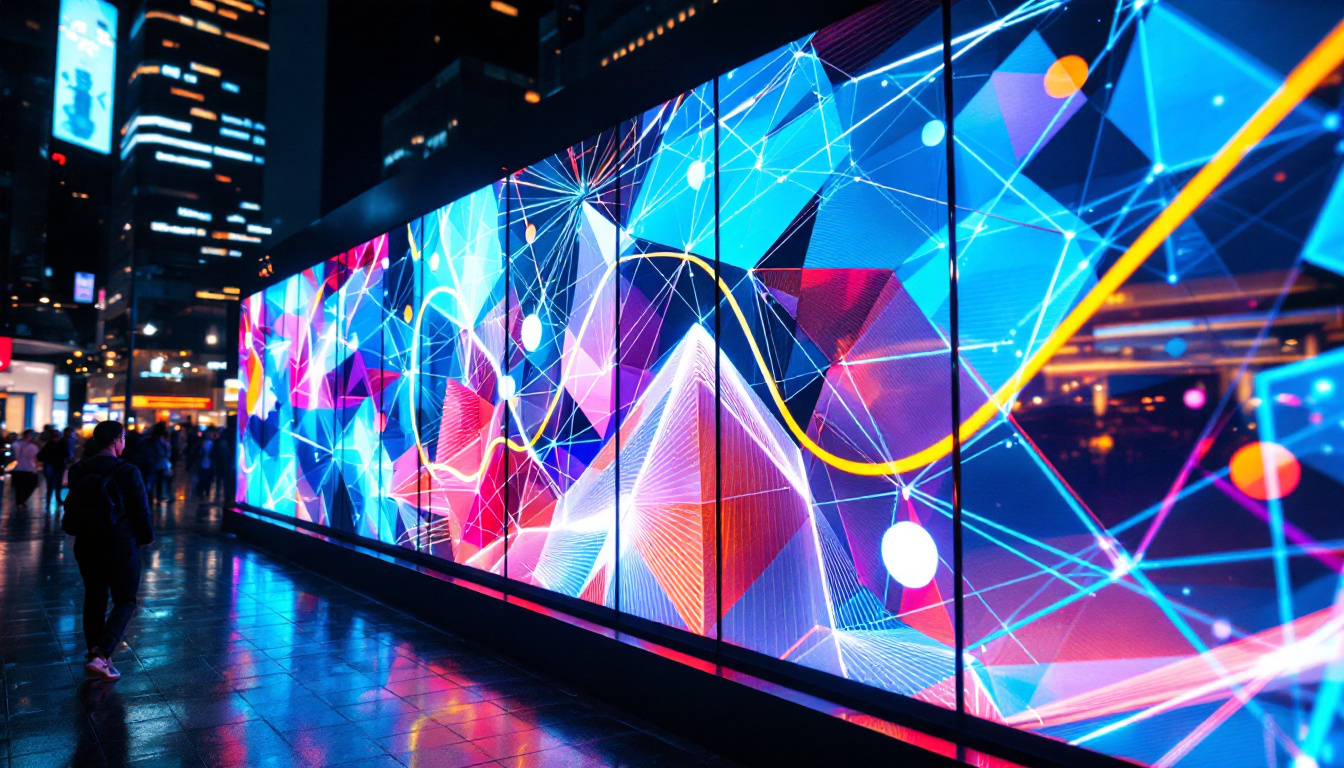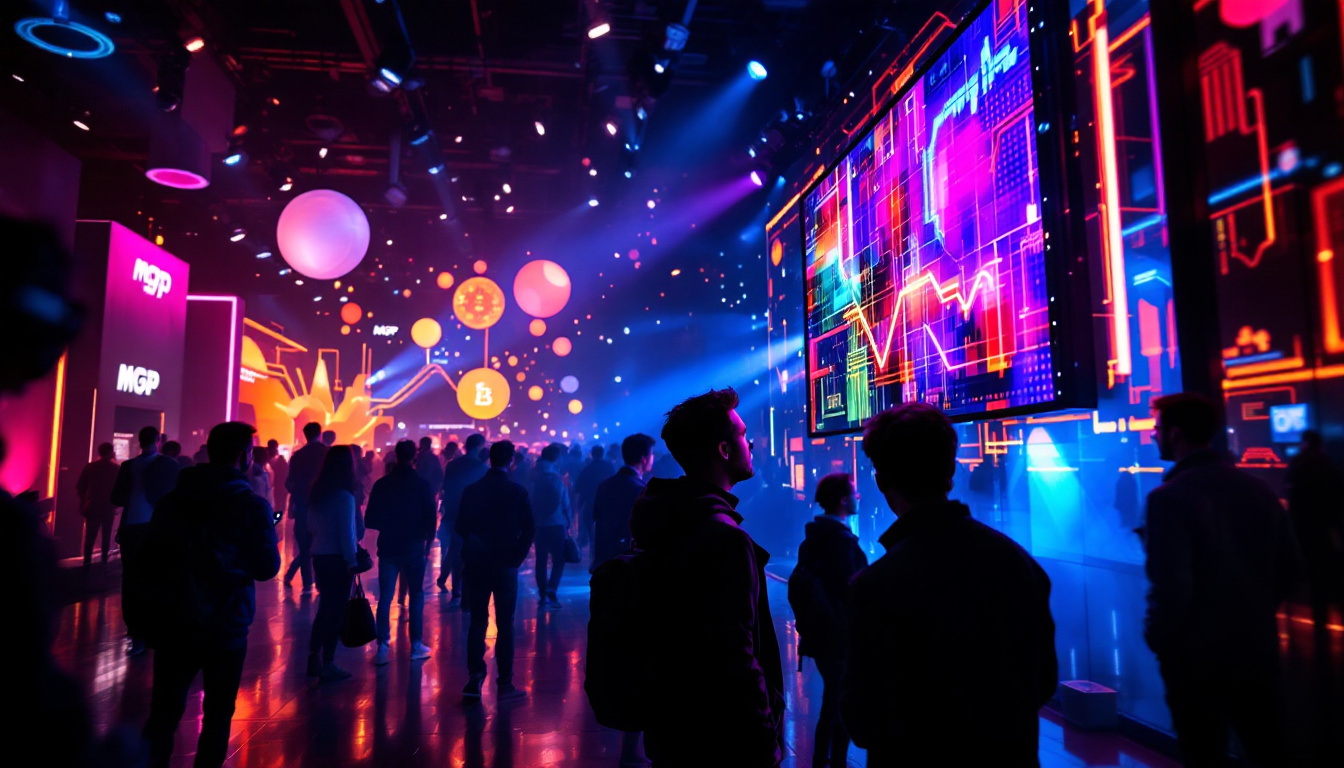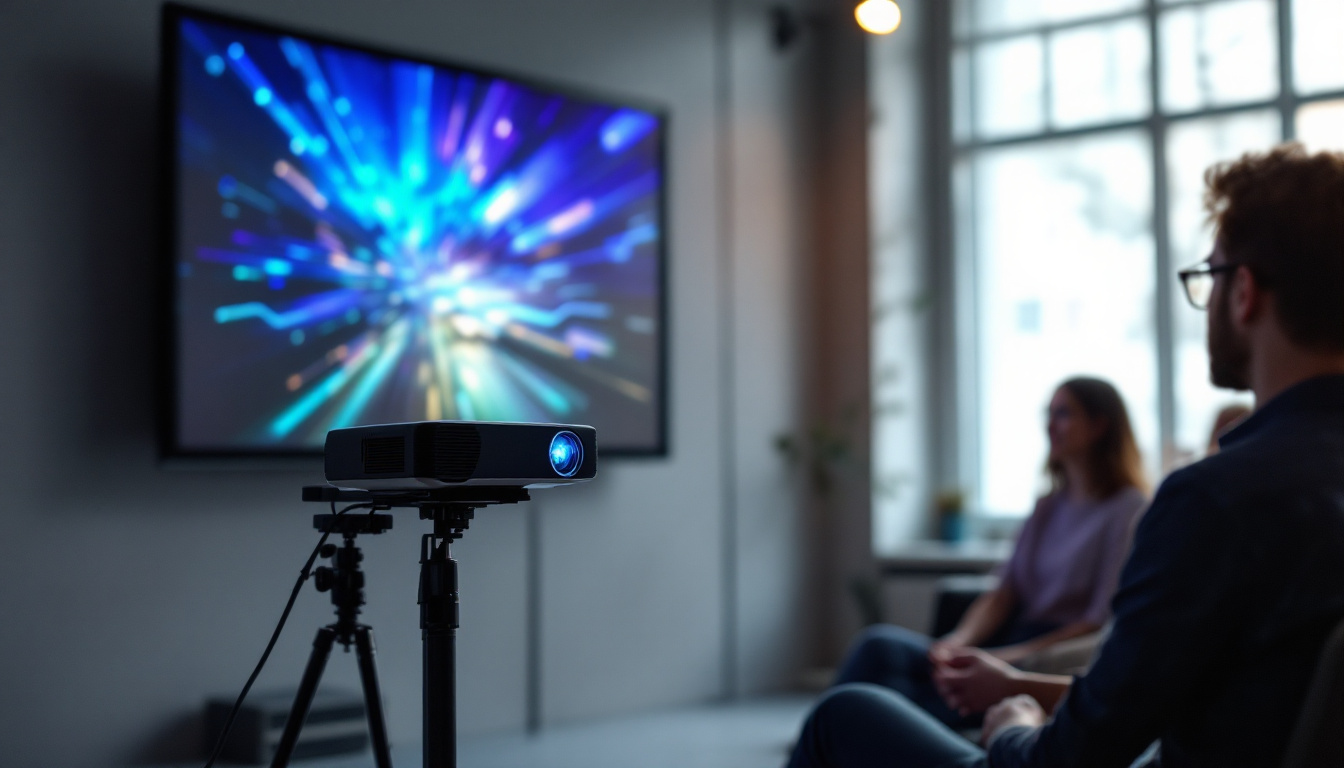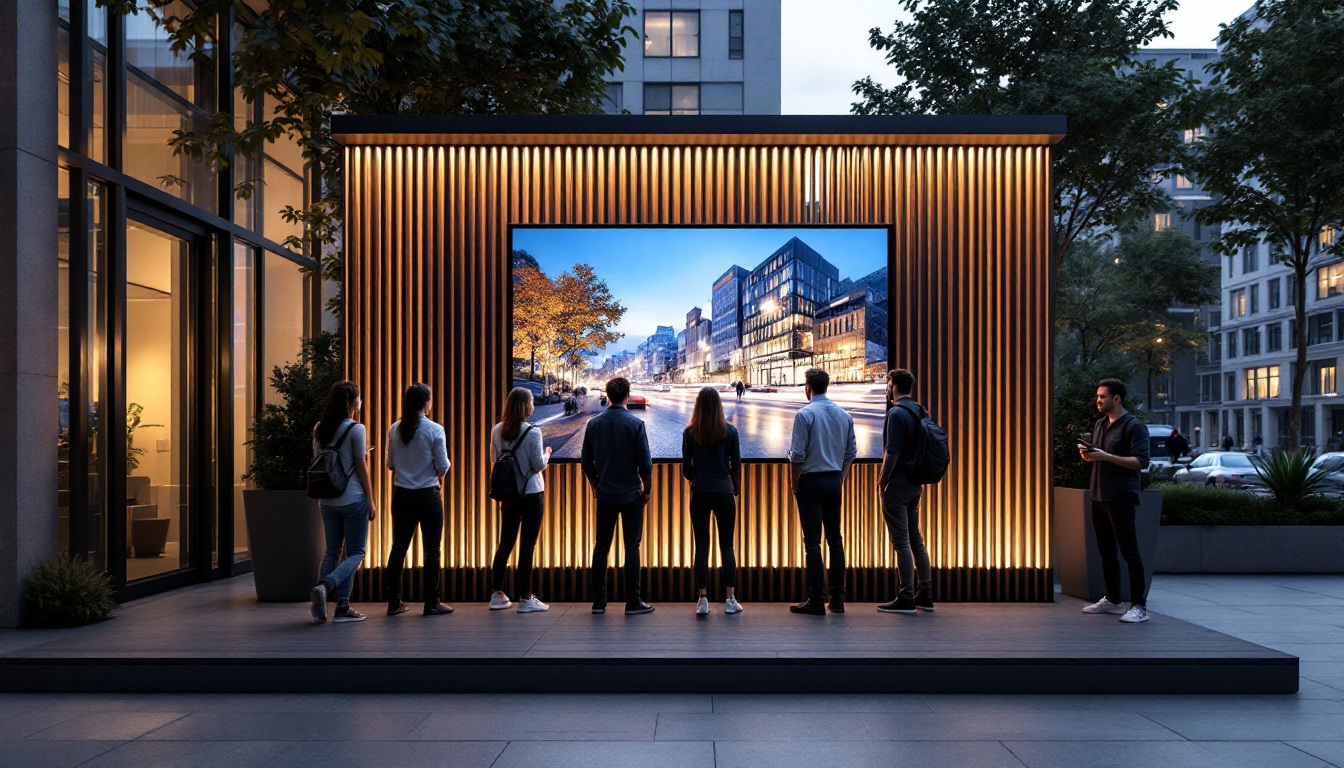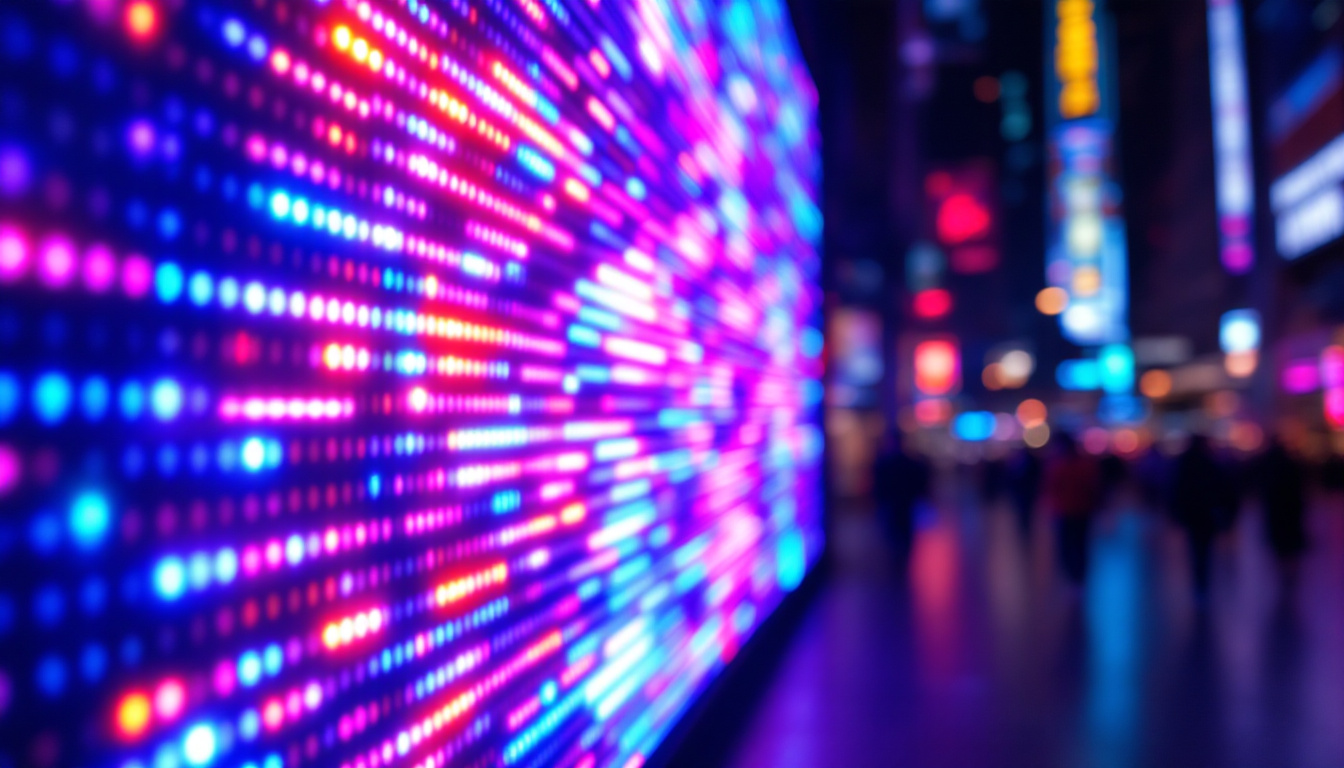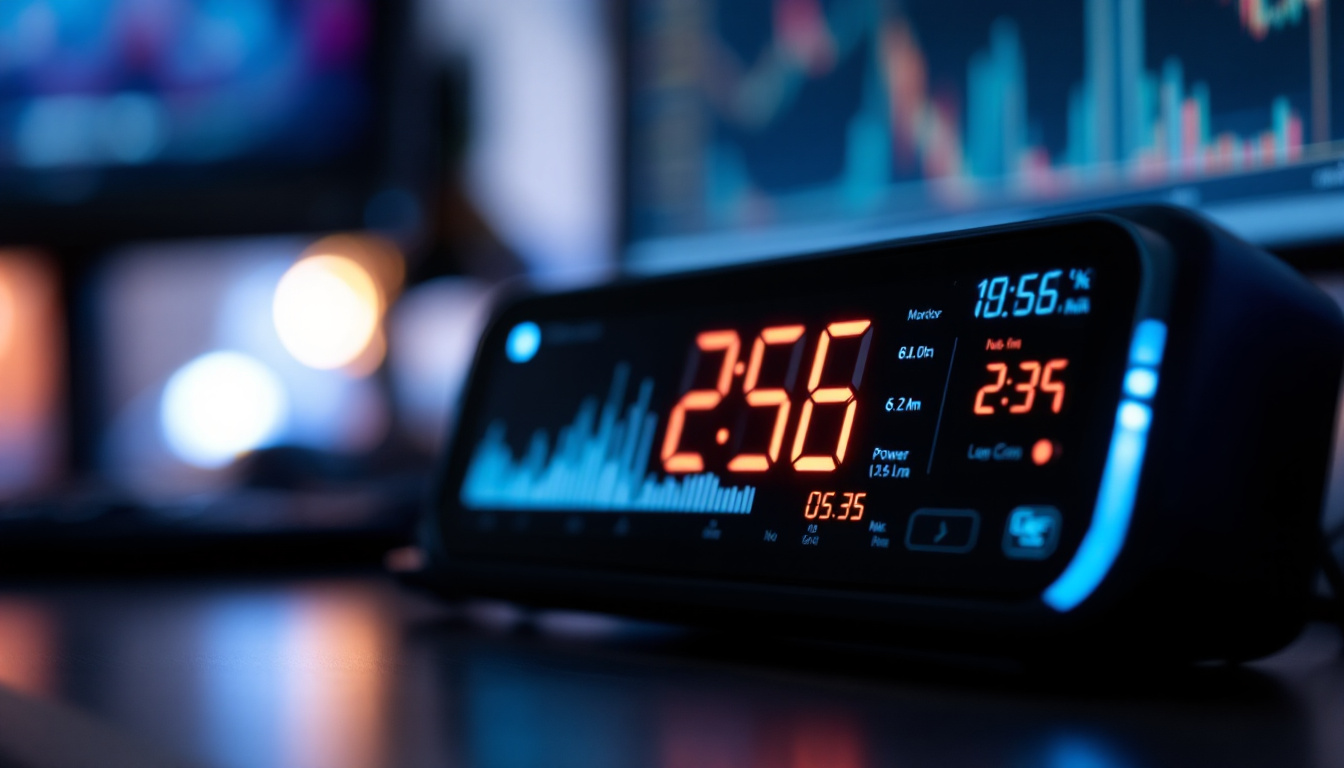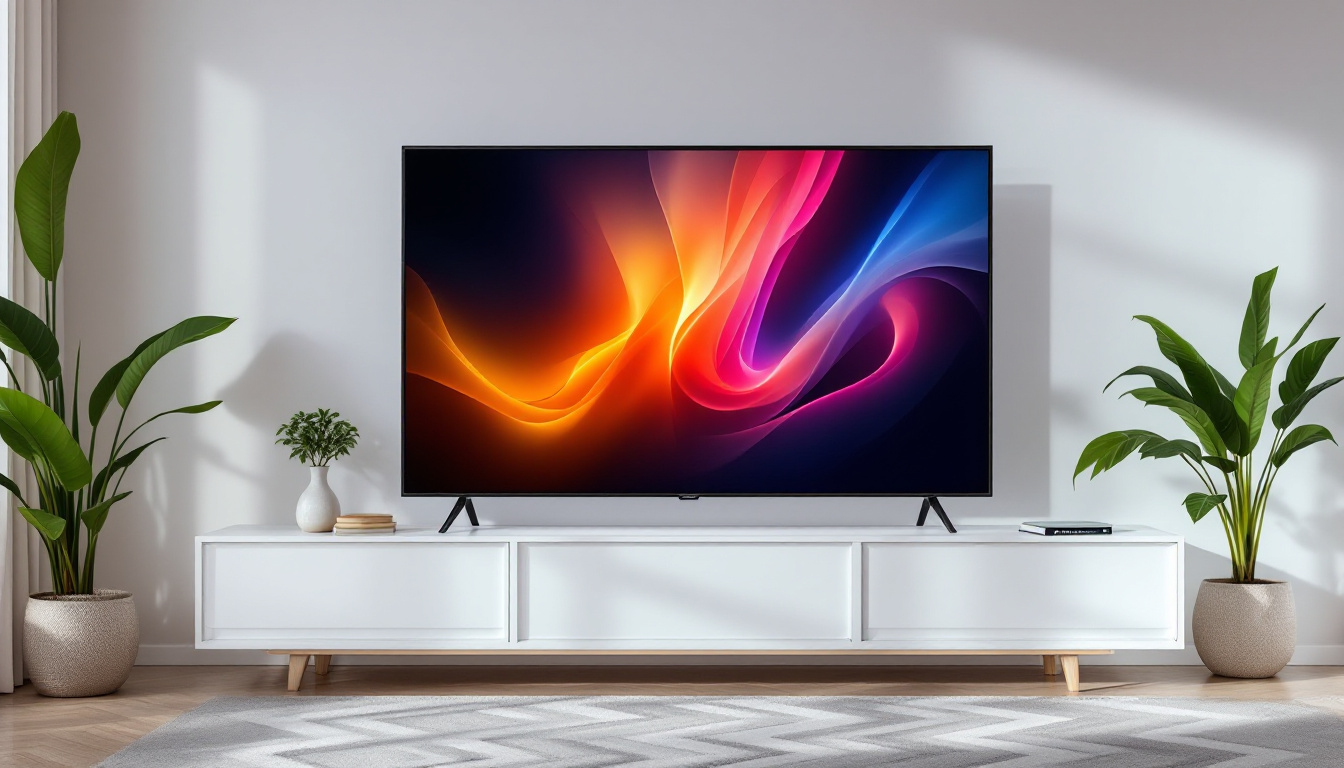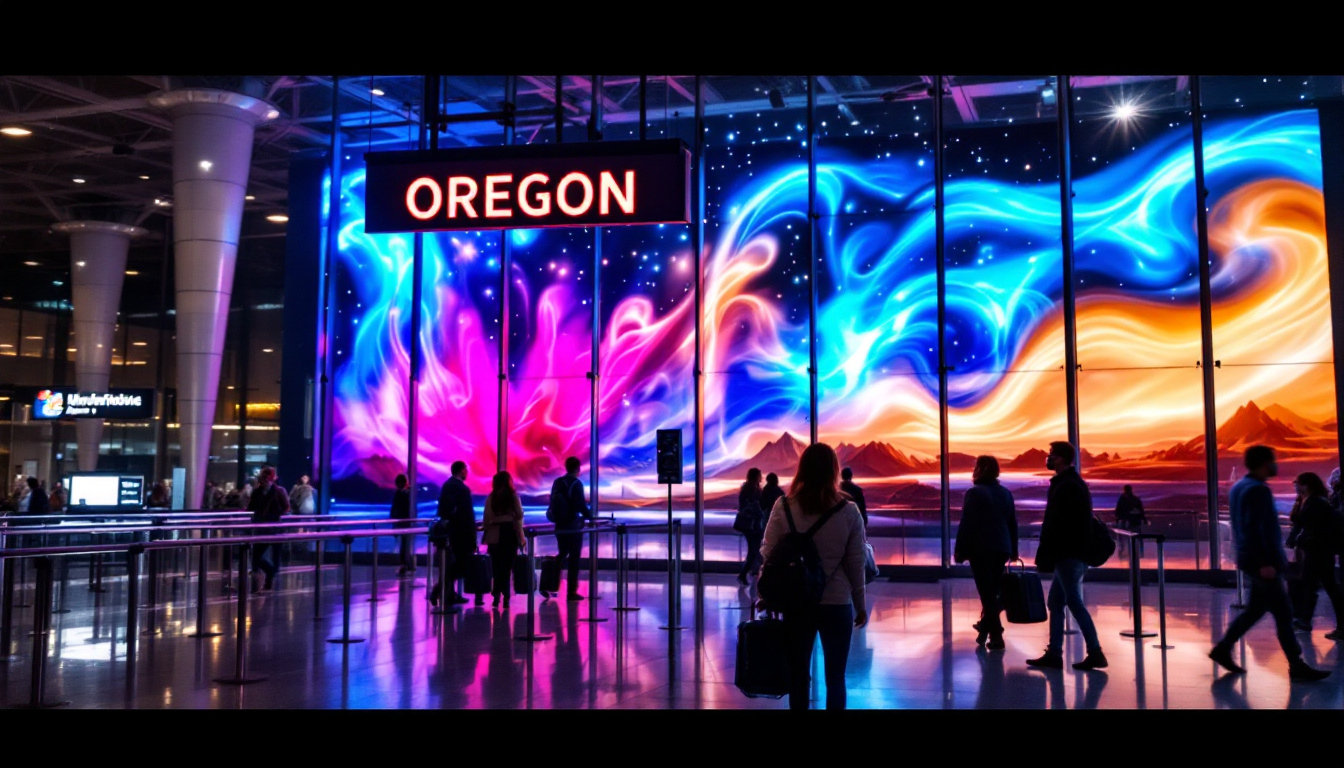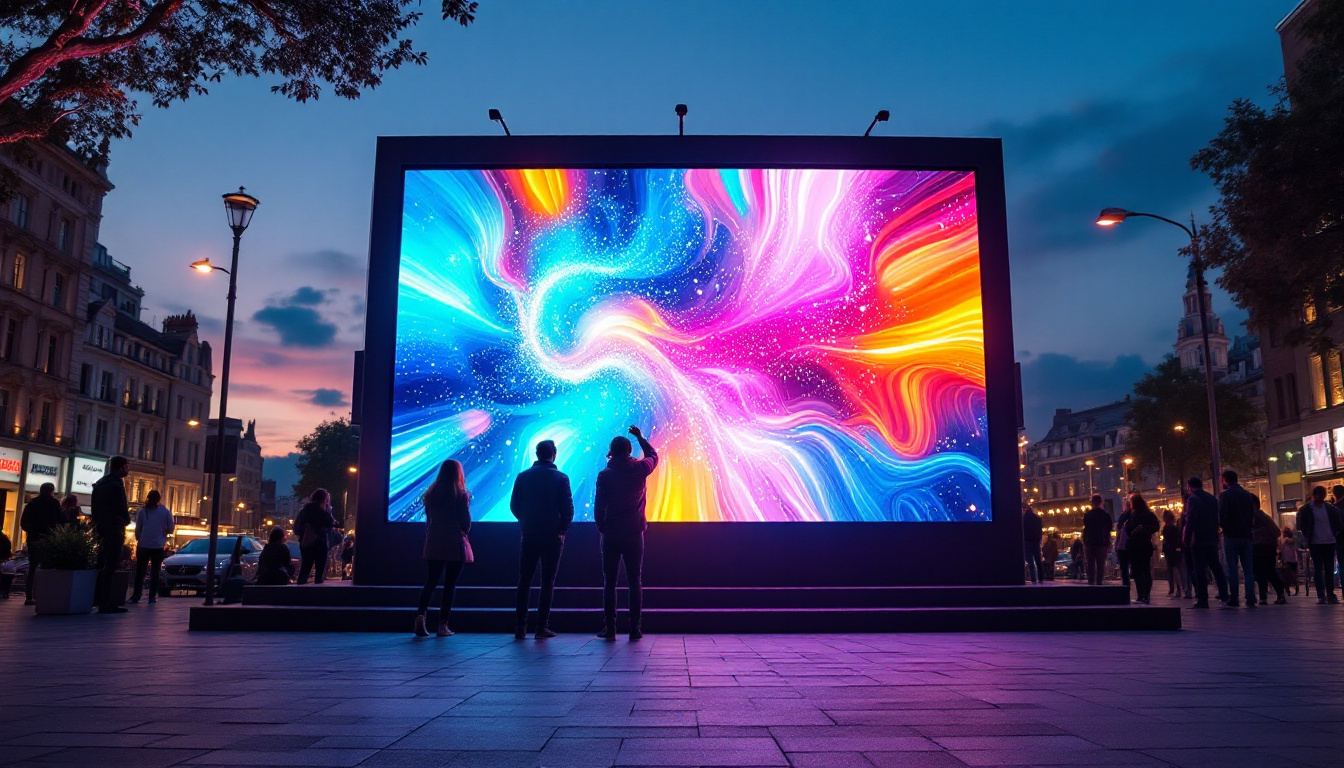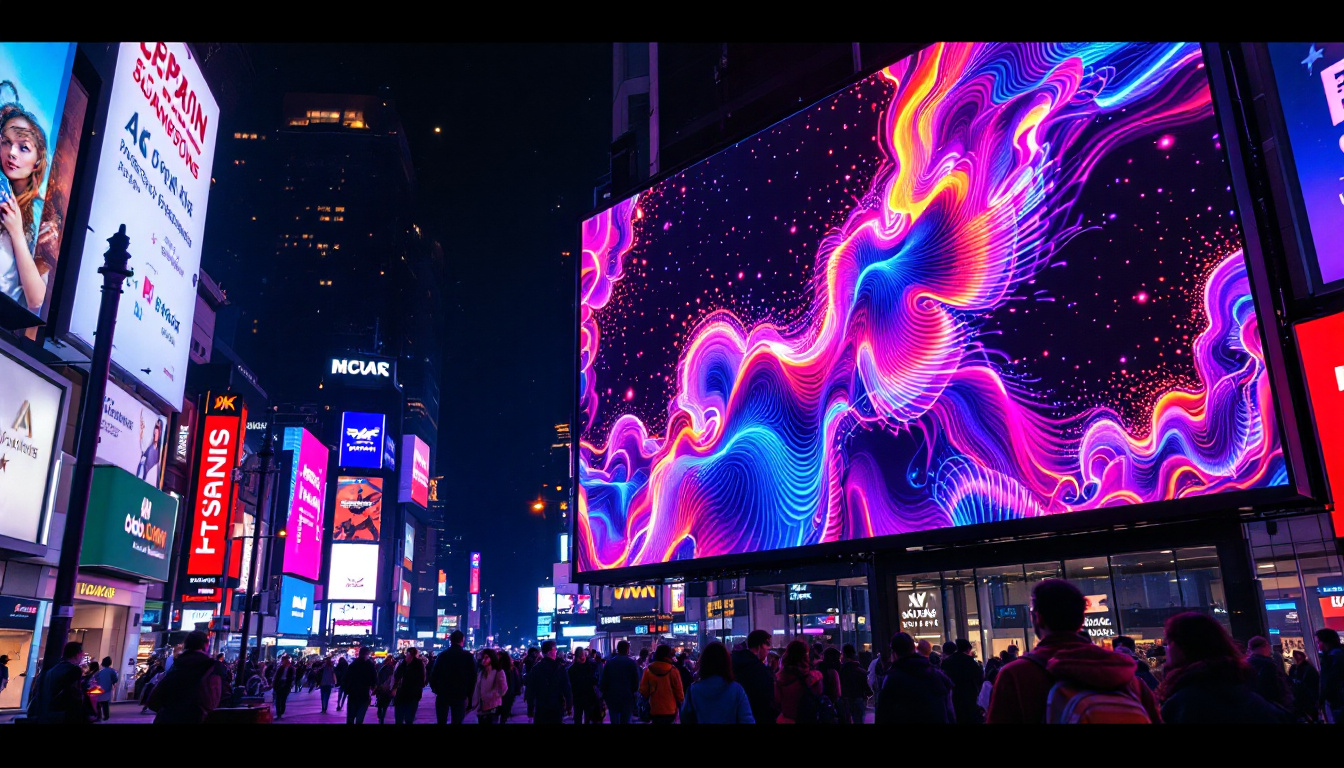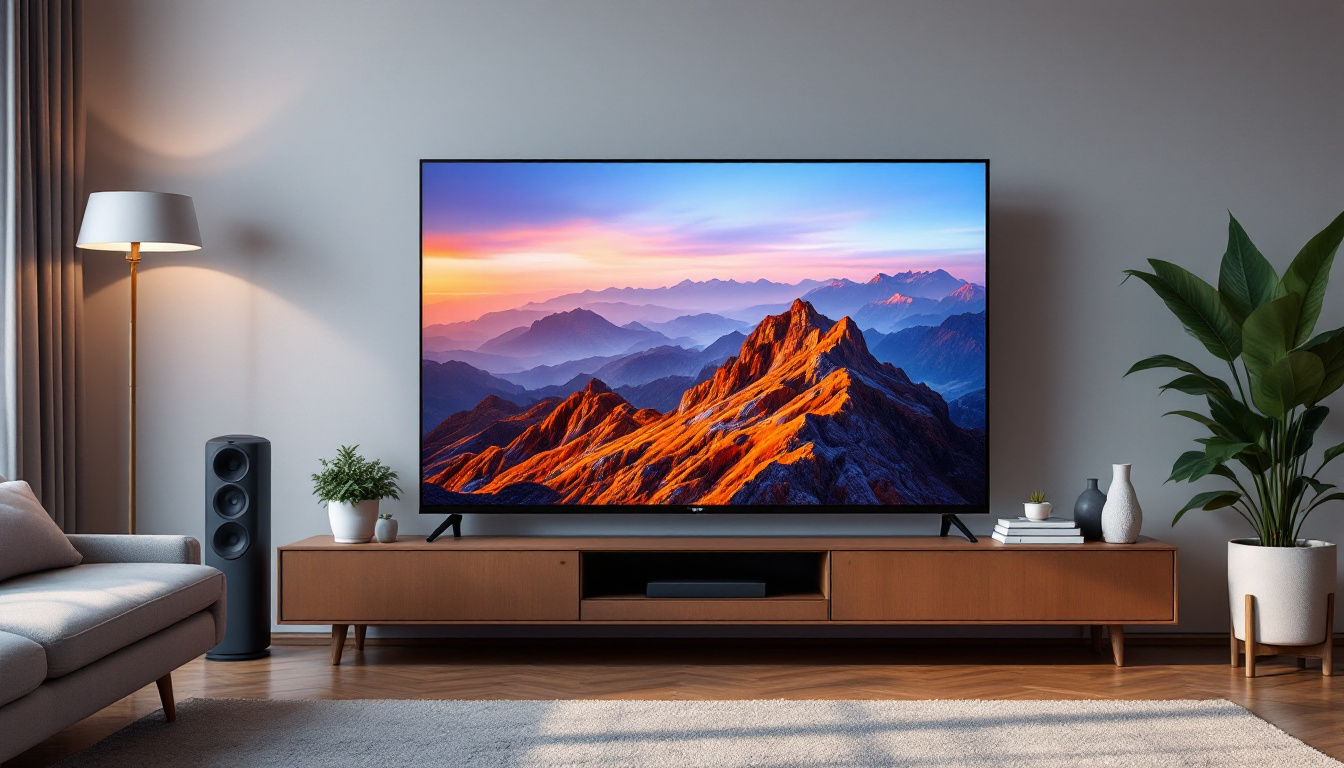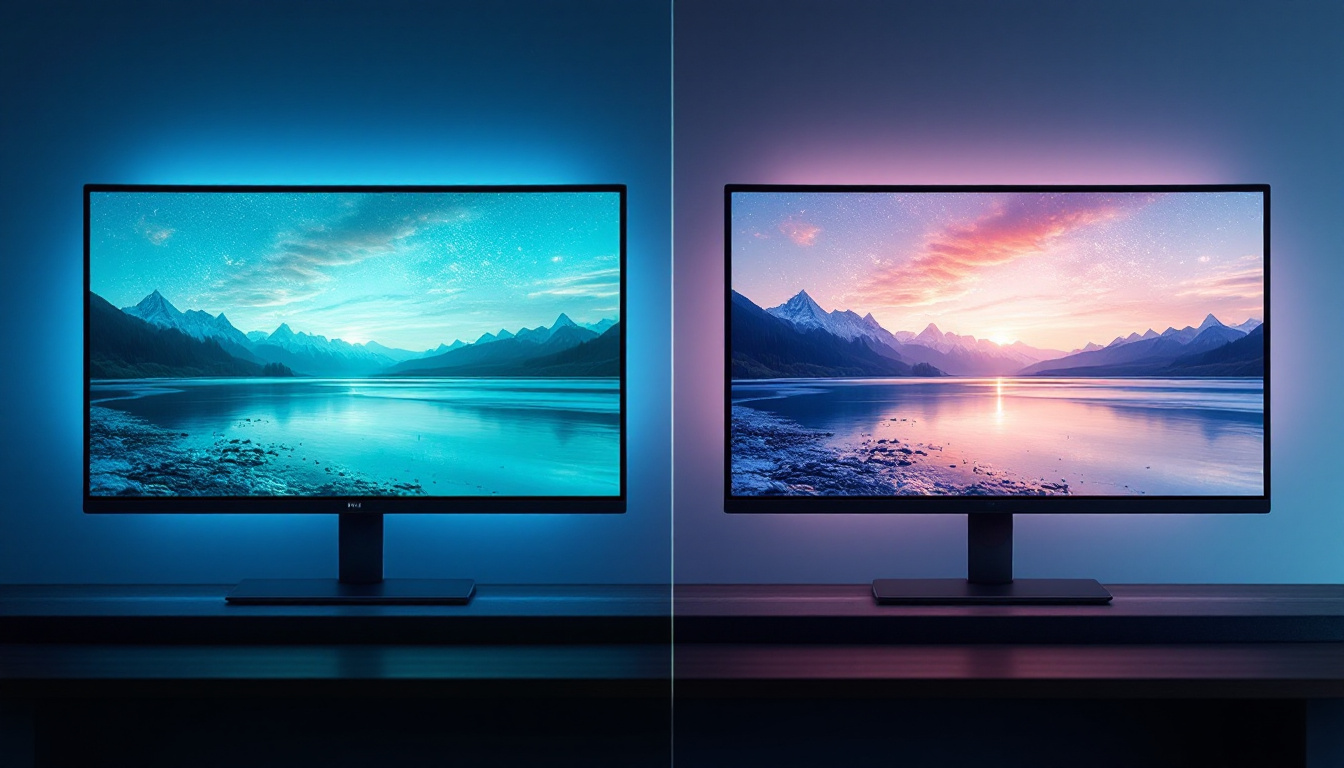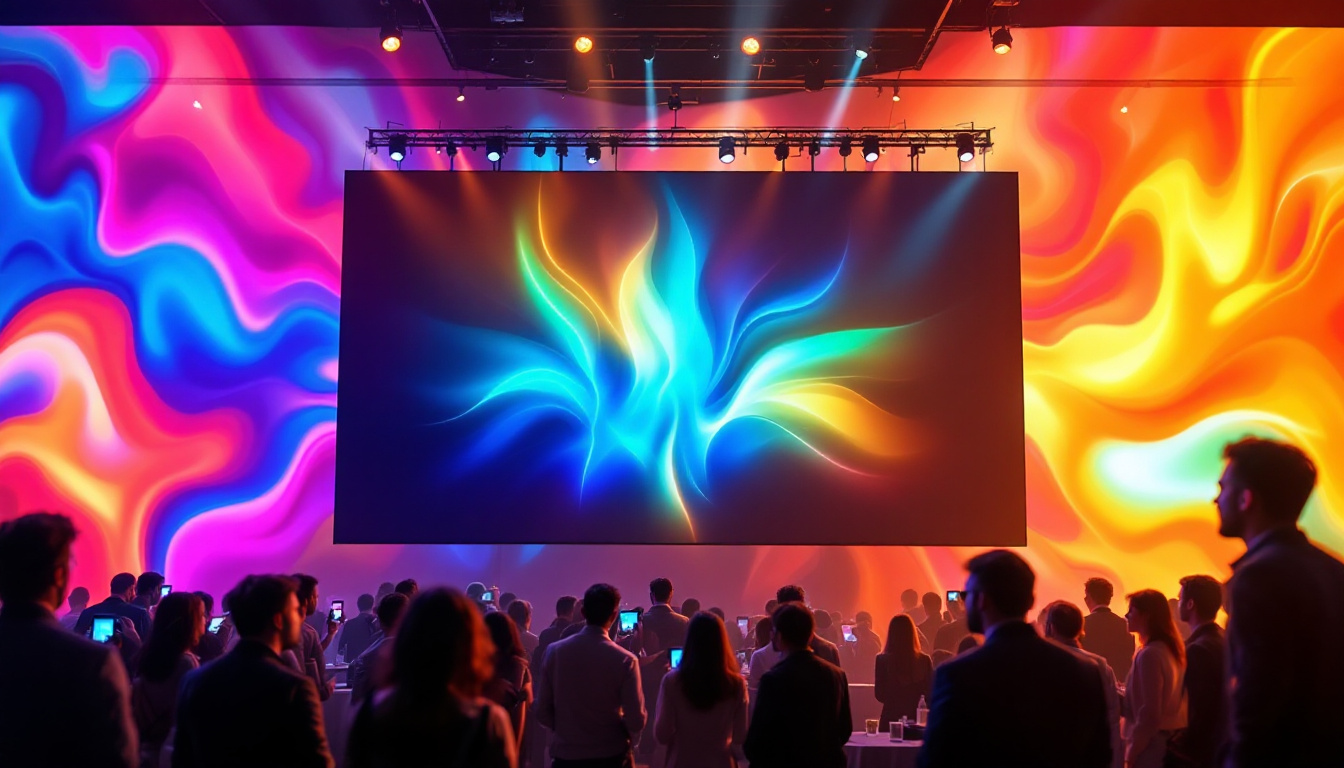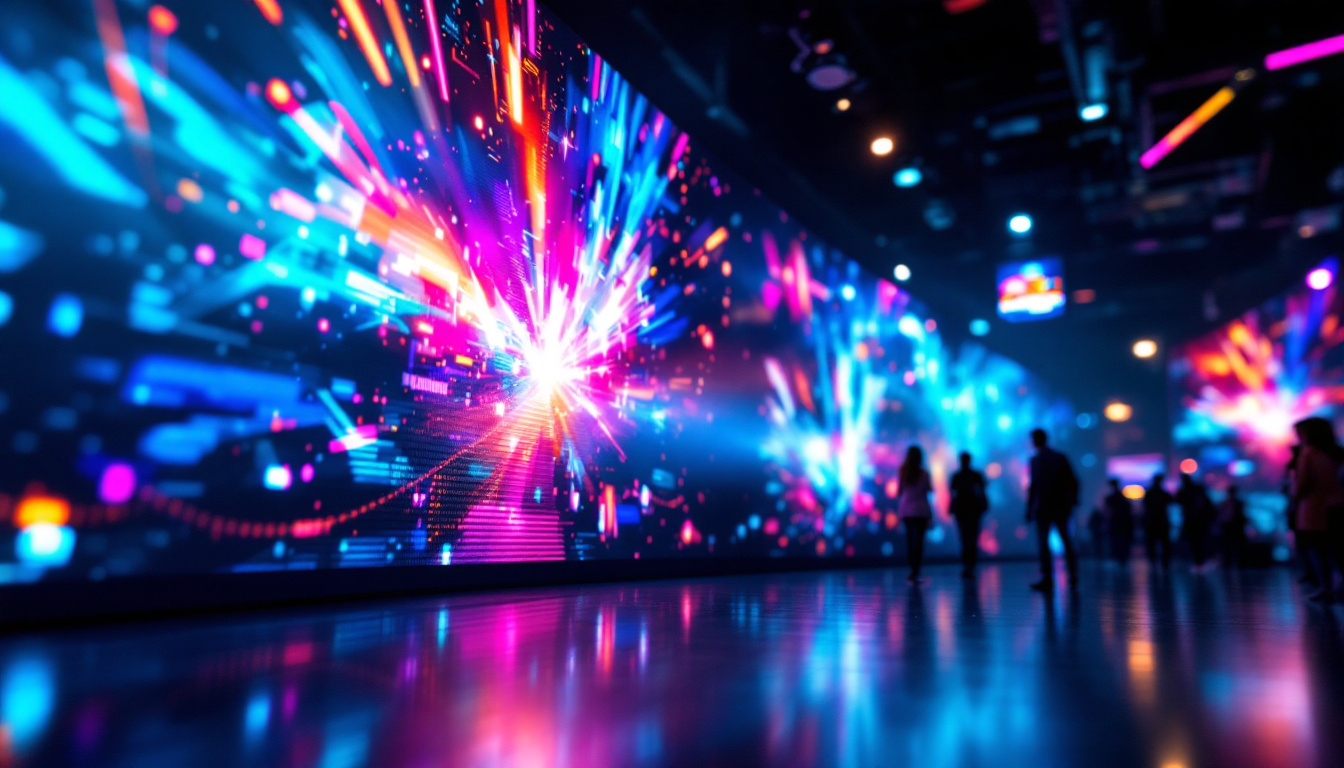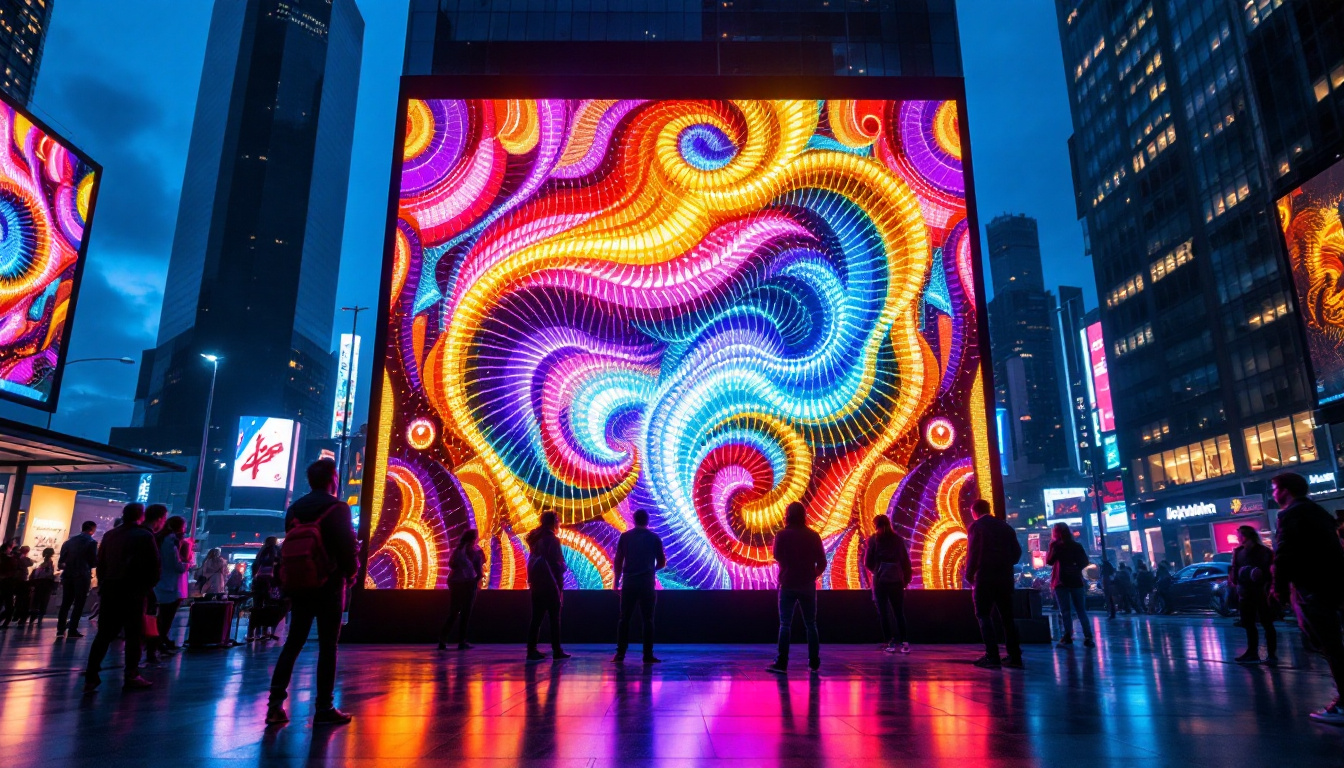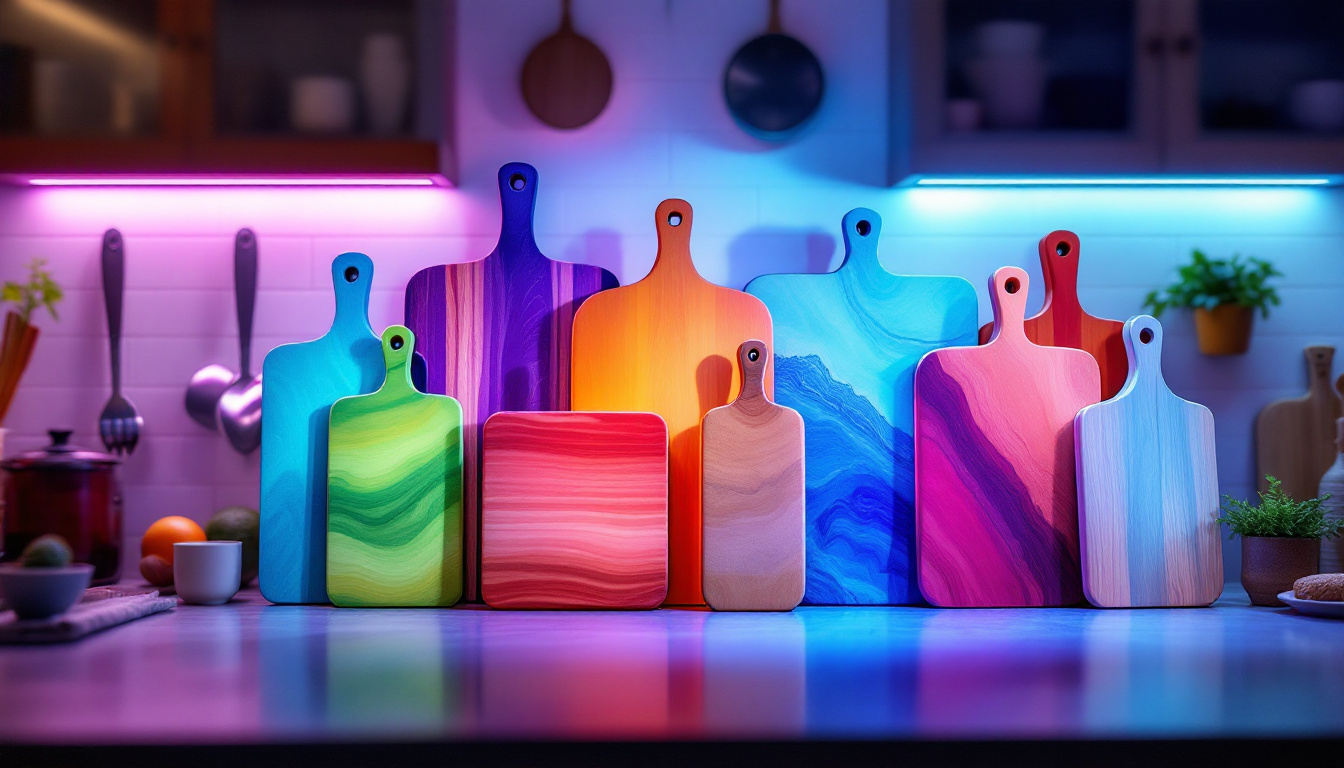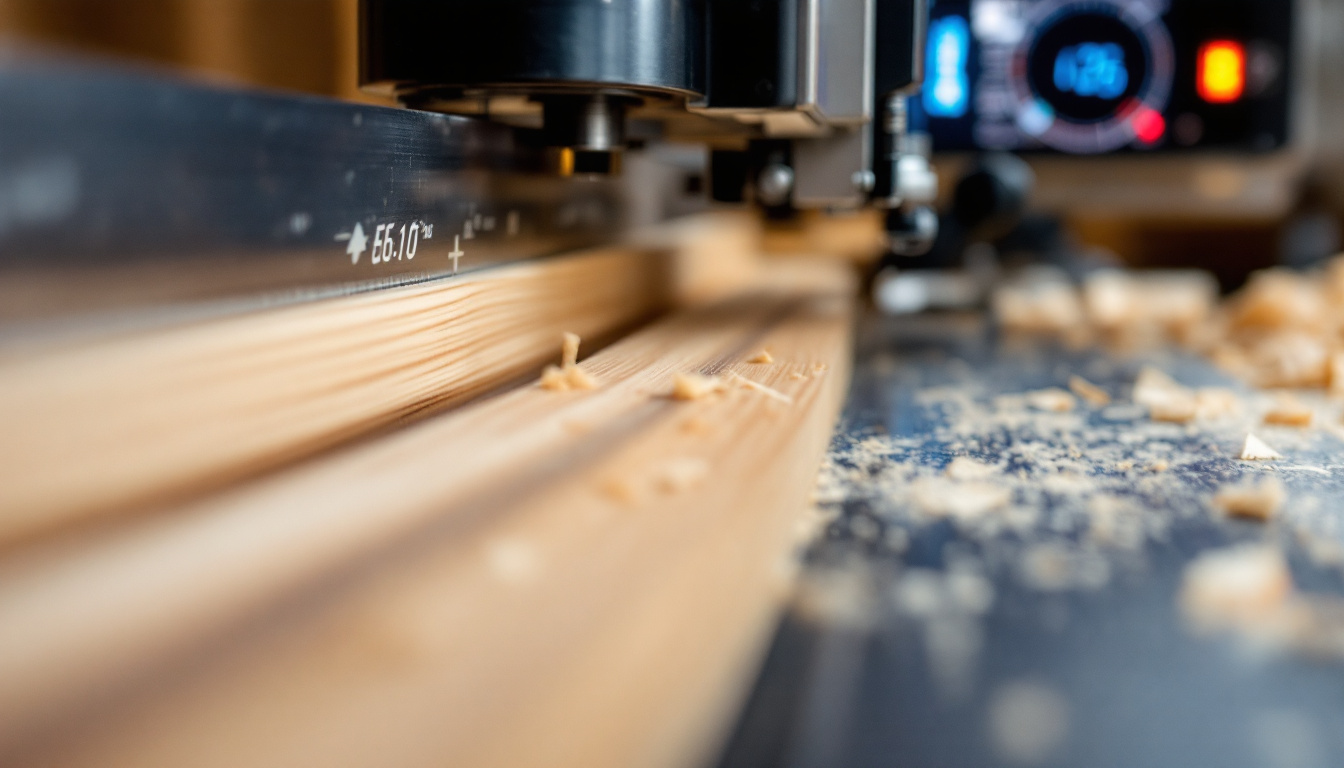In the world of sports and entertainment, the scoreboard is an essential element that enhances the experience for both players and spectators. The advent of LED technology has revolutionized how scoreboards function, presenting information in a vibrant and dynamic manner. This article delves into the intricacies of LED displays, particularly in the context of scoreboards, exploring their features, benefits, and applications.
Understanding LED Technology
LED, or Light Emitting Diode, is a semiconductor device that emits light when an electric current passes through it. This technology has gained immense popularity due to its energy efficiency, longevity, and versatility. In scoreboard applications, LEDs provide clear visibility, even in bright daylight, making them ideal for outdoor and indoor venues alike. The transition from traditional lighting methods to LED technology has not only improved the viewing experience for fans but has also significantly reduced energy consumption, leading to lower operational costs for sports facilities.
Moreover, the durability of LED lights means they can withstand harsh environmental conditions, such as rain or extreme temperatures, which is particularly beneficial for outdoor sports venues. This resilience ensures that scoreboards remain functional and visually appealing throughout the season, regardless of the weather. As a result, many stadiums and arenas are opting for LED technology to enhance their infrastructure, creating a more engaging atmosphere for spectators.
How LED Displays Work
LED displays consist of numerous small diodes that can emit various colors. By combining red, green, and blue (RGB) LEDs, these displays can produce a wide spectrum of colors, allowing for vibrant graphics and text. The arrangement of these diodes in a grid format enables the display to show numbers, letters, and animations effectively. Each diode functions independently, allowing for precise control over brightness and color, which is essential for creating eye-catching visuals that capture the attention of the audience.
The process of displaying information begins with a control system that receives data from various sources, such as game statistics or timing systems. This data is then processed and sent to the LED display, which translates it into a visual format. The result is a dynamic scoreboard that can update in real-time, providing spectators with the latest information. Advanced control systems can even integrate with mobile apps and social media, allowing fans to receive updates and interact with the scoreboard content, further enhancing their experience during events.
Types of LED Displays
There are several types of LED displays used in scoreboards, each designed to cater to different needs and environments. The most common types include:
- Single Color Displays: These displays typically show one color, often used for basic scorekeeping and timing.
- Bi-Color Displays: Featuring two colors, these displays can indicate different types of information, such as scores and fouls.
- Full-Color Displays: Utilizing RGB technology, these are the most versatile and can display animations, advertisements, and complex graphics.
In addition to these common types, there are also specialized LED displays designed for specific sports or applications. For instance, some scoreboards are equipped with additional features like video playback capabilities, allowing for instant replays and highlights to be shown during breaks in the action. This not only keeps the audience engaged but also enhances the overall viewing experience by providing context to the live game. Furthermore, as technology continues to evolve, the integration of smart features, such as automated content updates and interactive elements, is becoming increasingly prevalent in modern LED scoreboard solutions, paving the way for a more immersive spectator experience.
Benefits of LED Scoreboards
LED scoreboards offer numerous advantages over traditional scoreboard technologies. Their benefits extend beyond mere aesthetics, impacting functionality, maintenance, and overall user experience.
Enhanced Visibility
One of the standout features of LED displays is their brightness. Unlike traditional scoreboard technologies, LED displays maintain clarity and visibility even in direct sunlight. This ensures that spectators, players, and officials can easily read the information being presented, regardless of the lighting conditions.
Energy Efficiency
LED technology is renowned for its energy efficiency. Compared to incandescent or fluorescent lights, LEDs consume significantly less power, which translates to lower operational costs. This is particularly beneficial for sports facilities that operate scoreboards for extended hours, as it reduces electricity bills while also contributing to environmental sustainability.
Durability and Longevity
LED displays are built to withstand the rigors of outdoor environments. They are resistant to shock, vibration, and temperature fluctuations, making them ideal for stadiums and arenas. Furthermore, LEDs have a long lifespan, often exceeding 100,000 hours, which minimizes the need for frequent replacements and repairs.
Applications of LED Scoreboards
LED scoreboards are not limited to traditional sports; their applications span various fields, enhancing the experience in numerous settings.
Sports Arenas
In sports arenas, LED scoreboards are essential for displaying scores, player statistics, and game timings. They can also be used for showing replays, advertisements, and crowd engagement activities, such as trivia games or fan polls. This multifaceted use enhances the overall atmosphere of the event, keeping spectators engaged throughout.
Concerts and Events
LED displays have found a significant place in concerts and live events. They are used to convey information about performers, setlists, and schedules. Additionally, full-color LED displays can create stunning visual effects that complement live performances, enhancing the audience’s experience.
Corporate and Advertising Use
Beyond sports and entertainment, LED scoreboards are increasingly being utilized for corporate purposes. Businesses use them for advertising, displaying promotional messages, and engaging customers in retail environments. Their ability to present dynamic content makes them an effective marketing tool.
Installation and Maintenance Considerations
While LED scoreboards offer numerous benefits, their installation and maintenance require careful planning and consideration. Understanding these aspects is crucial for ensuring optimal performance and longevity.
Installation Requirements
The installation of an LED scoreboard involves several steps, including site assessment, structural analysis, and electrical planning. Proper positioning is essential to maximize visibility for all spectators. Additionally, the installation team must ensure that the scoreboard is securely mounted and that all electrical connections are safely configured.
Maintenance Best Practices
To maintain the performance of LED scoreboards, regular maintenance is essential. This includes cleaning the display surface to prevent dust and debris buildup, checking electrical connections, and monitoring the functionality of individual LEDs. Many manufacturers provide guidelines for maintenance, and adhering to these can significantly extend the lifespan of the display.
Upgrades and Technology Trends
As technology continues to evolve, upgrading LED scoreboards can enhance their functionality and performance. Features such as remote control, integration with mobile apps, and advanced data analytics are becoming increasingly common. Staying updated with these trends can help venues maintain a competitive edge and provide an enhanced experience for their audiences.
Choosing the Right LED Scoreboard
Selecting the appropriate LED scoreboard involves several considerations, ensuring that the chosen model meets the specific needs of the venue and its audience.
Assessing Venue Requirements
Before making a purchase, it is essential to assess the venue’s requirements. Factors such as the size of the audience, the types of events hosted, and the viewing distance will influence the size and type of scoreboard needed. For larger venues, a full-color display may be necessary to ensure visibility from all angles.
Budget Considerations
Budget is another critical factor when selecting an LED scoreboard. While the initial investment may be higher compared to traditional scoreboards, the long-term savings in energy costs and maintenance should be factored into the decision. It is advisable to consider the total cost of ownership over the lifespan of the scoreboard.
Vendor Reputation and Support
Choosing a reputable vendor is crucial for ensuring quality and reliability. Researching the vendor’s history, customer reviews, and support services can provide insight into their reliability. A vendor that offers robust support and warranty options can be invaluable, especially during the installation and maintenance phases.
The Future of LED Scoreboards
The future of LED scoreboards looks promising, with advancements in technology paving the way for even more innovative applications. As venues continue to seek ways to enhance the spectator experience, LED displays will play a pivotal role.
Integration with Smart Technology
As smart technology continues to advance, the integration of LED scoreboards with other systems is becoming more prevalent. This includes connecting scoreboards to mobile applications, allowing fans to receive real-time updates and interact with the scoreboard through their devices. Such integration enhances engagement and offers a more personalized experience for spectators.
Augmented Reality and Interactive Features
Augmented reality (AR) is another exciting trend that is beginning to influence LED scoreboard technology. By incorporating AR elements, venues can create immersive experiences that engage fans in new ways. For instance, interactive features that allow fans to participate in games or polls can enhance the overall atmosphere during events.
Sustainability Initiatives
As sustainability becomes increasingly important, LED manufacturers are focusing on eco-friendly practices. This includes using recyclable materials in the production of scoreboards and implementing energy-efficient technologies. As venues aim to reduce their carbon footprint, sustainable LED scoreboards will likely become the standard.
Conclusion
LED scoreboards have transformed the way information is presented in sports and entertainment venues. Their vibrant displays, energy efficiency, and durability make them an invaluable asset for enhancing the spectator experience. As technology continues to evolve, the future of LED displays promises even more innovative applications that will further engage audiences and enrich events.
Understanding the intricacies of LED technology, its benefits, and its applications is essential for anyone involved in the planning and execution of events. By selecting the right LED scoreboard and keeping abreast of technological advancements, venues can ensure they provide an engaging and memorable experience for all.
Illuminate Your Venue with LumenMatrix
Ready to elevate your event experience with vibrant, energy-efficient, and durable LED displays? Look no further than LumenMatrix, a leader in innovative LED display technology. From captivating Indoor and Outdoor LED Wall Displays to dynamic Vehicle and Sports LED Displays, our solutions are designed to captivate your audience and amplify your message. Discover the transformative power of our LED Transparent Displays, Floor LEDs, Custom configurations, and more. Check out LumenMatrix LED Display Solutions today and revolutionize your visual communication.

